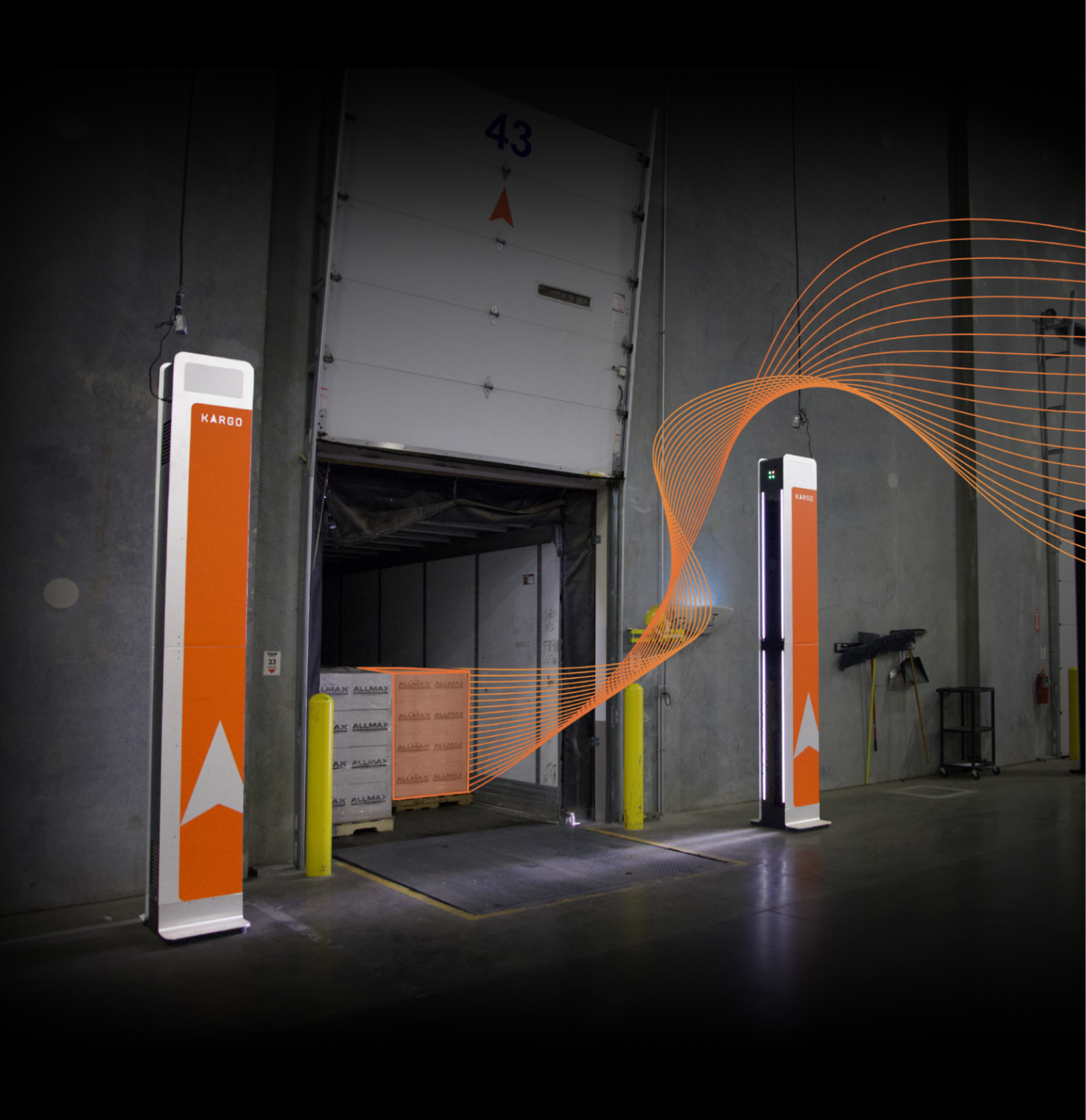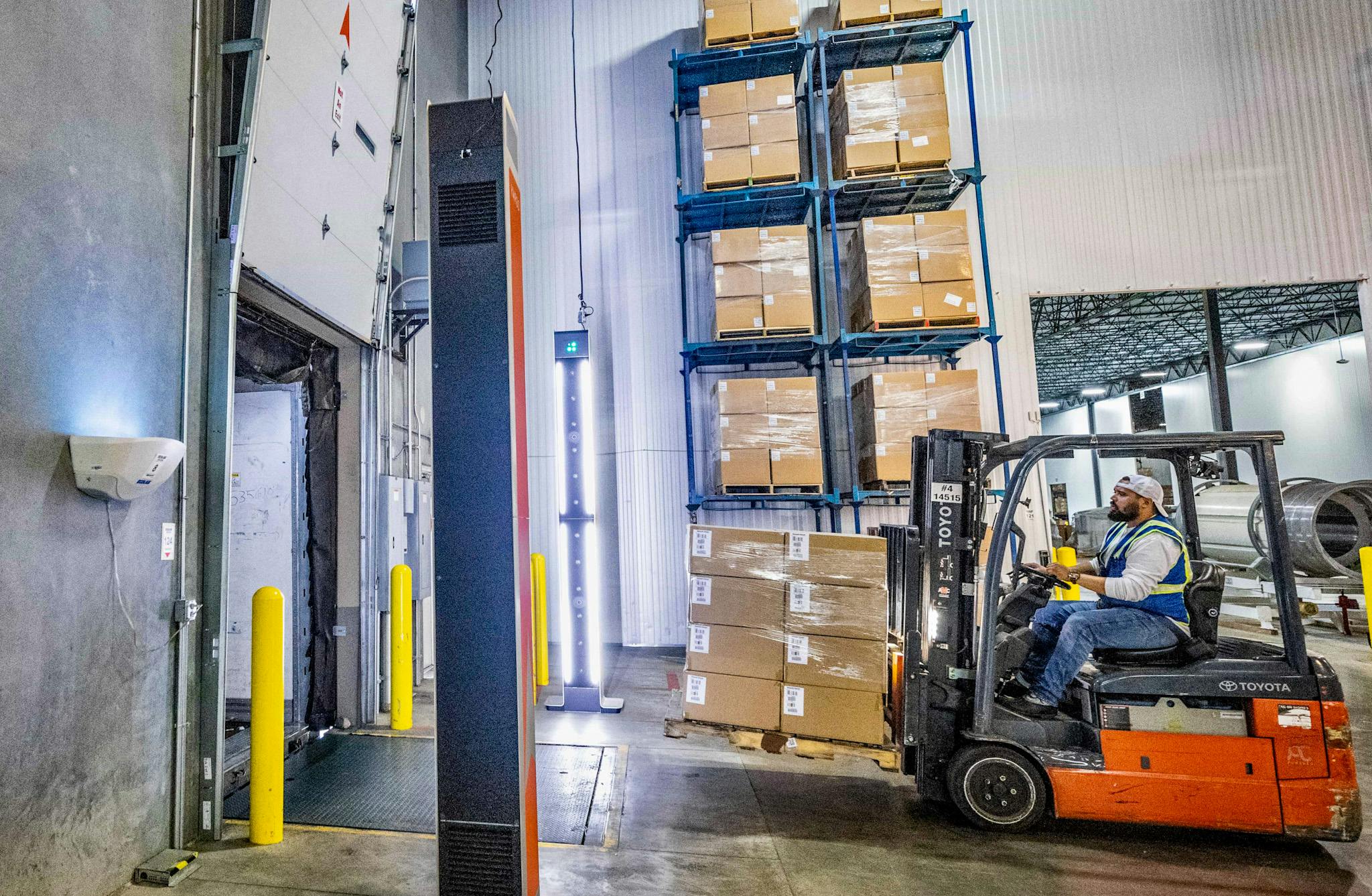Customer Spotlight
How Yazaki is Revving Up Efficiency With Computer Vision
| Kargo | 4 min
What you need to know
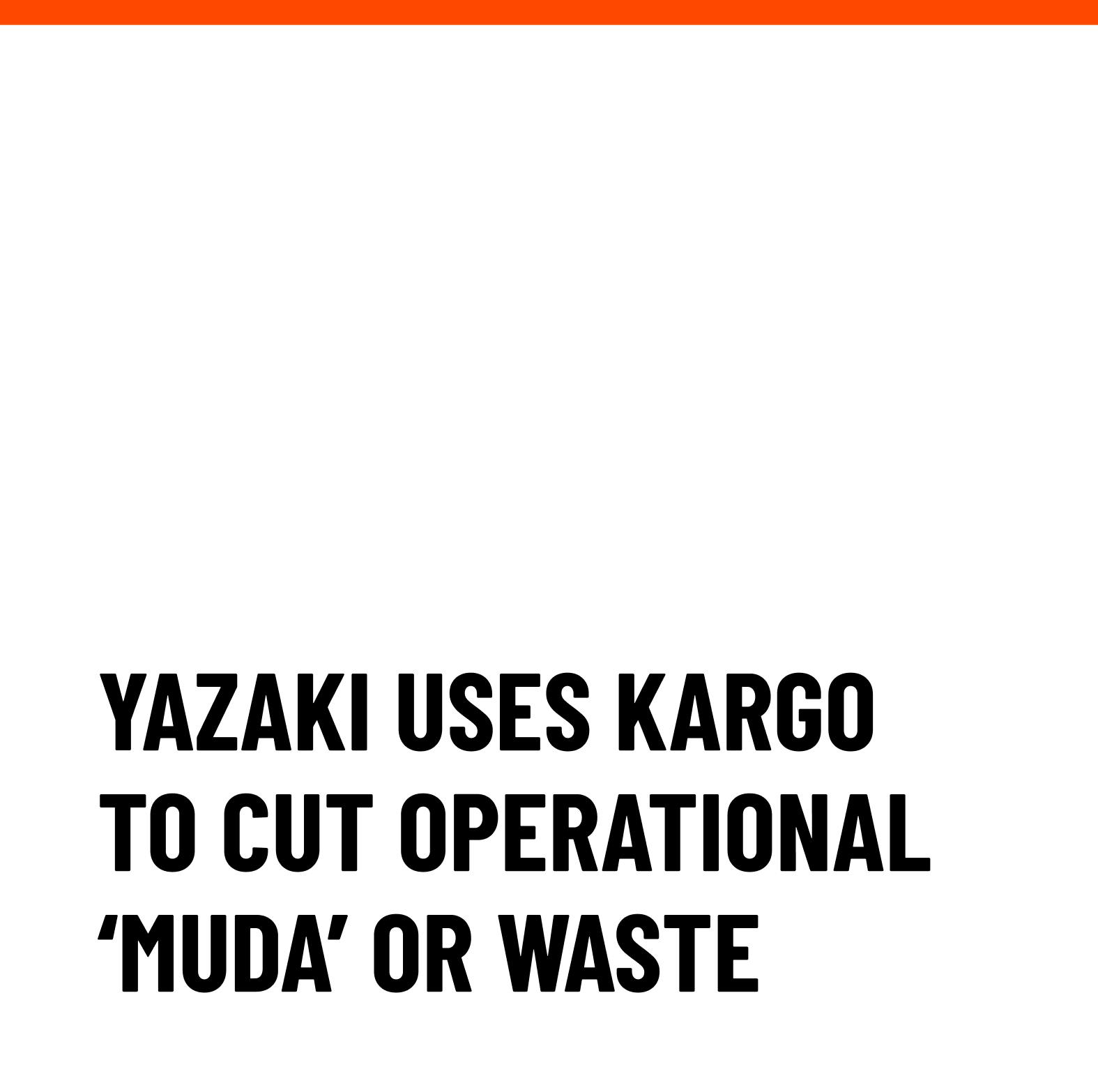
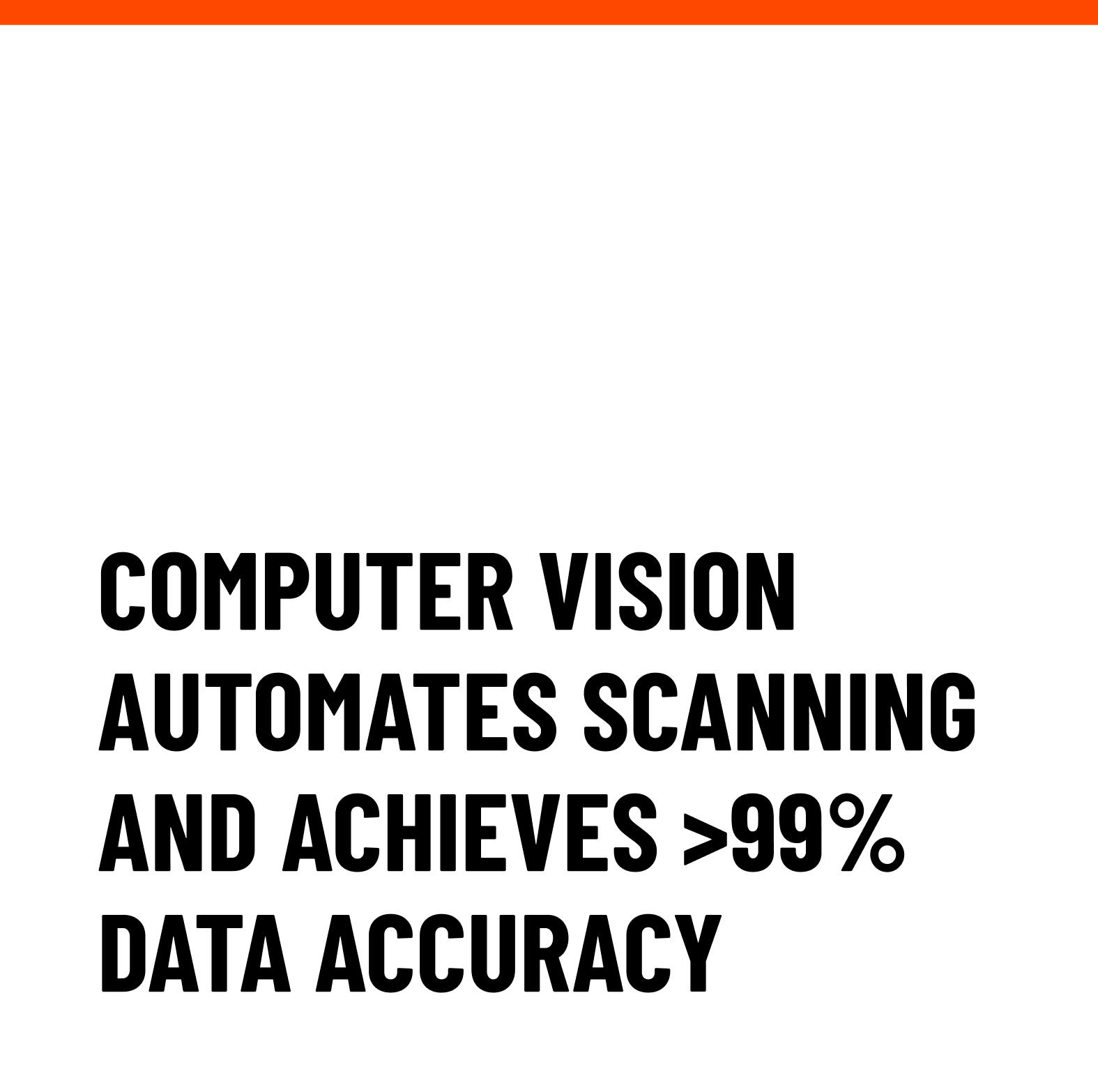
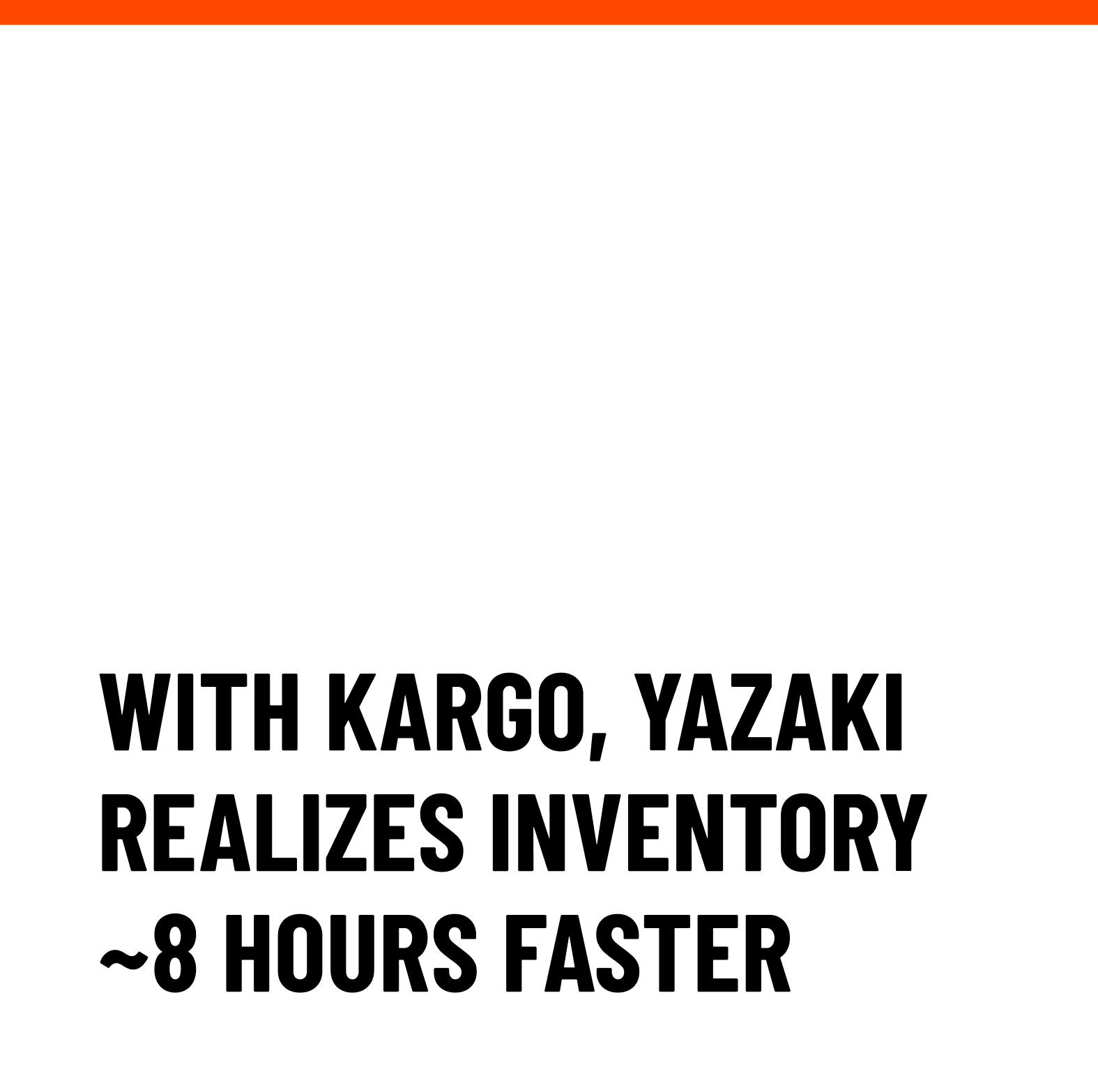
Yazaki stands at the forefront of operational efficiency in an industry marked by intricate supply chain challenges. Specializing in the production of labor-intensive vehicle parts including wiring harnesses, power, and data components, Yazaki is a leading supplier for the global automotive industry.
The complexity of their supply chain, necessitating rapid movement of products from manufacturing hubs in Mexico and Central America to Original Equipment Manufacturer (OEM) assembly sites throughout the US and Canada, is compounded by the imperative to minimize inventory levels due to high associated carrying costs.
Following the Toyota Production System, Yazaki continuously strives to eliminate 'muda' - the Japanese word for waste.
Here, we’ll look at how Kargo is helping Yazaki achieve this by streamlining processes and providing timely, accurate data for better decision-making around inventory.
Streamline Processes
Scanning
Prior to Kargo, Yazaki’s inbound and outbound logistics relied heavily on manual processes.
On inbound, inventory records and shipment verification are based on manual scans that happened in the staging area after the trailer is unloaded. On outbound, pallets are manually scanned before being loaded into the trailer. Manual processes are prone to human error, but are also less efficient and can result in inaccurate data and shipping mistakes.
To overcome these challenges, Yazaki implemented Kargo to automate scanning at three different North American supply chain nodes, including a manufacturing facility, a raw material and finished goods cross-dock, and a distribution warehouse shipping to customers.
Installed at the loading dock, Kargo Towers use computer vision to automatically capture information, including part numbers, supplier codes, quantities and serial numbers, from internal and AIAG standard labels. Kargo towers also automatically inspect freight for damage as the forklift passes by.

In the first two weeks, Kargo achieved over 99% data accuracy. The system has maintained >99.5% data accuracy on over 170,001 pallets scanned to date.
Kargo has improved accuracy and speed of information, while automating tasks that have traditionally been performed manually.
Exception Management
Kargo uses computer vision to gather information from labels then automatically verifies each shipment by comparing label data to orders in SAP. Kargo flags discrepancies, such as a wrong or unexpected pallet, as an exception and notifies the appropriate shift supervisor in real time.
In addition to exceptions related to inventory accuracy, Kargo can catch and flag damage and OSHA safety violations, such as forklifts getting too close to operators at the dock doors..
Since deployment, Kargo has flagged 4,436 exceptions to Yazaki’s operations teams and provided automated emails to warehouse management for easy disposition of these exceptions.
By automatically catching issues at the dock door, Kargo simplifies exception management for Yazaki, while improving shipping accuracy and keeping workers safe.
Receiving Discrepancy Reports
Using the searchable video and image data on Kargo’s platform, Yazaki’s operations teams can instantly create Receiving Discrepancy Reports (RDRs) for problematic inbound loads and confidently refute RDRs for outbound loads.
If an OEM submits an RDR, Yazaki must confirm that the pallet shipped is in the right condition. Yazaki’s operations team can quickly search the relevant part or serial number on the Kargo Platform to find documentation and visual proof of the pallet in question. The evidence can then be shared directly with the customer and reduce any friction.

Proof of the quantity or the pallet’s condition when it was loaded provides critical evidence for Yazaki to challenge paying claims they are not responsible for, while maintaining good relationships with their customers.
Better Transportation Decisions
Yazaki faces a constant challenge to meet stringent customer delivery service-level agreements (SLAs) while maintaining an efficient supply chain cost structure. In an industry where the smallest inventory inaccuracies can cause huge production disruptions, Yazaki does whatever it takes to satisfy their customers’ just-in-time (JIT) supply chain requirements.
Fulfilling JIT necessitates a real-time picture of inventory at each node in the supply chain. Delayed or lagging data gives material planners fewer options to satisfy orders – leading to higher transportation costs as more air transport is used.

Using Kargo as the primary inbound and outbound inventory verification system, Yazaki recognizes inventory levels at each supply chain node on average 8 hours faster than their traditional manual processes. This allows Yazaki to have a better view of their inventory, empowering them to move product more efficiently and hold less inventory. Accurate, timely data enables better decision making around inventory which ultimately eliminates muda.
Conclusion
By streamlining processes related to shipping and receiving, including exception management and claims resolution, and using timely, accurate inventory for decision making, Yazaki can be more efficient and ultimately eliminate muda.
Questions?
Connect With us
Ask us anything or drop your email to stay in touch

